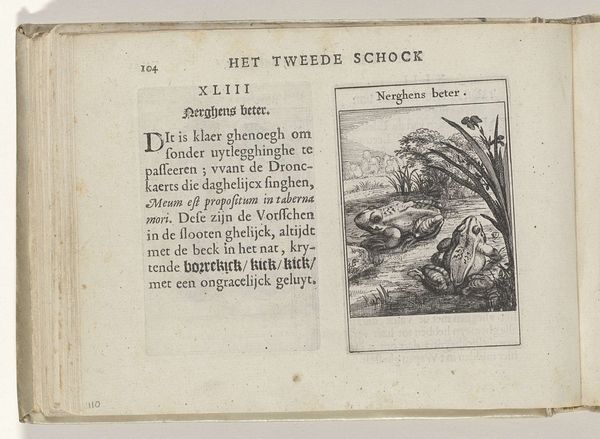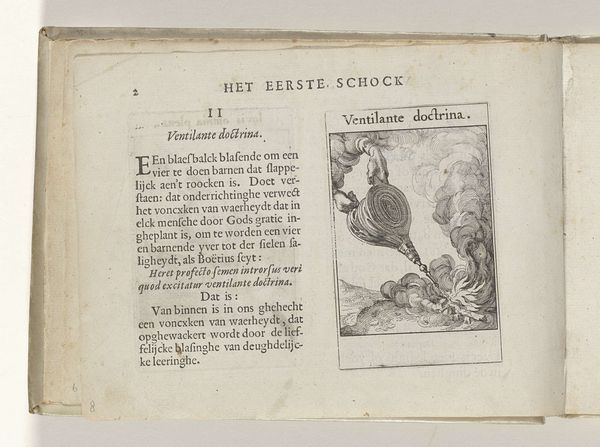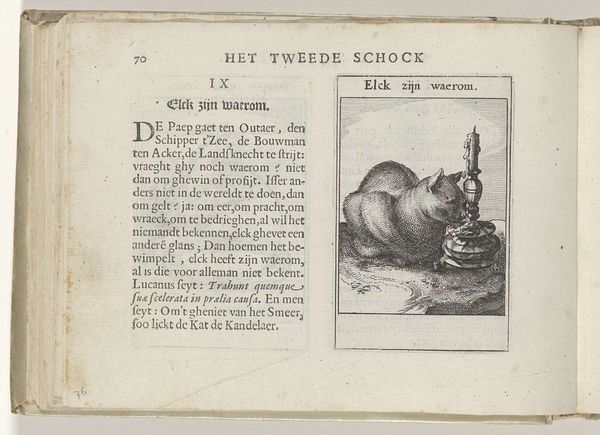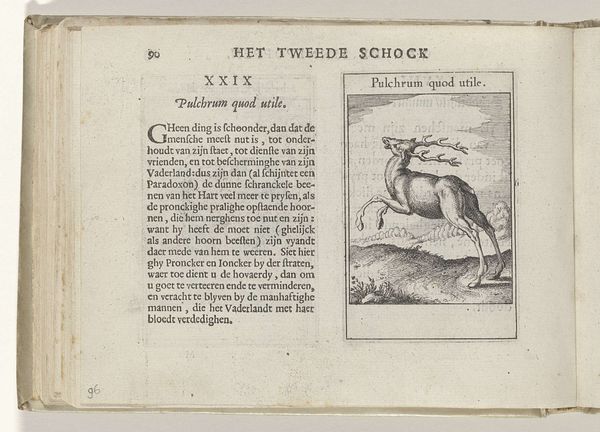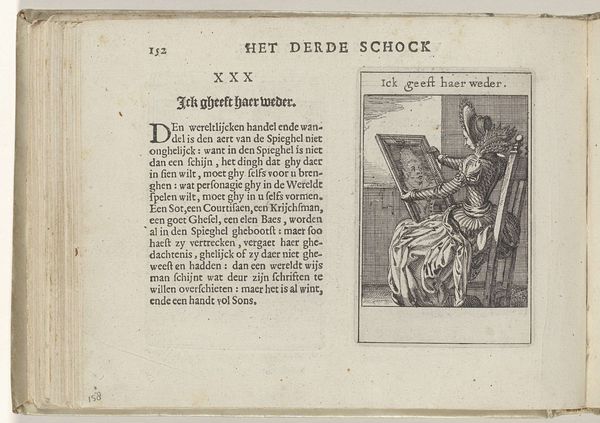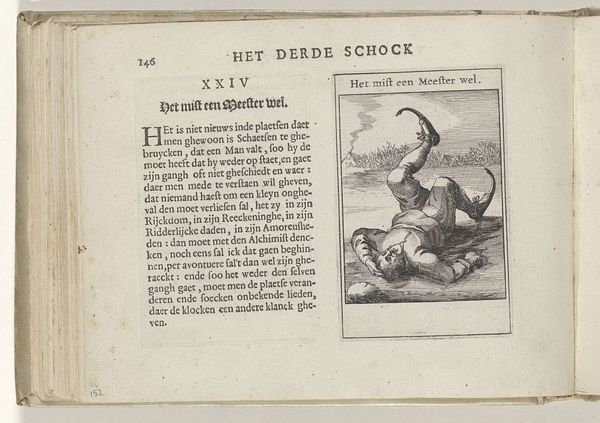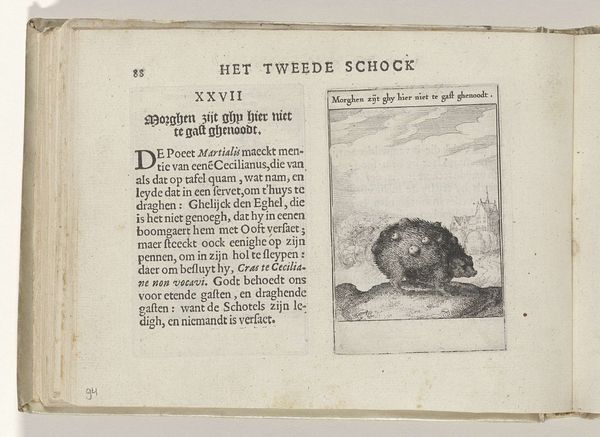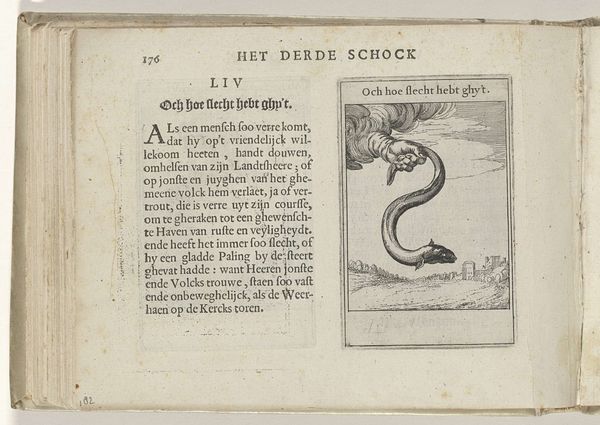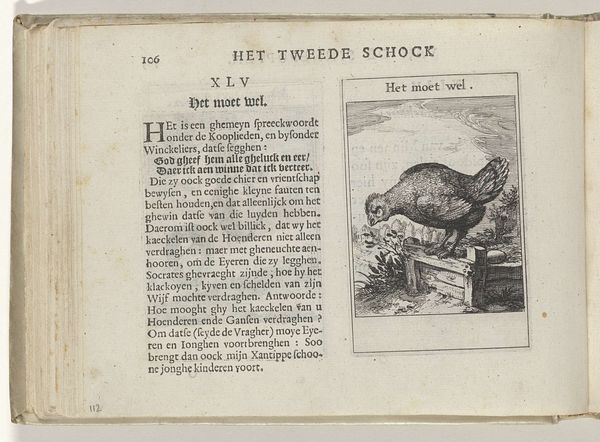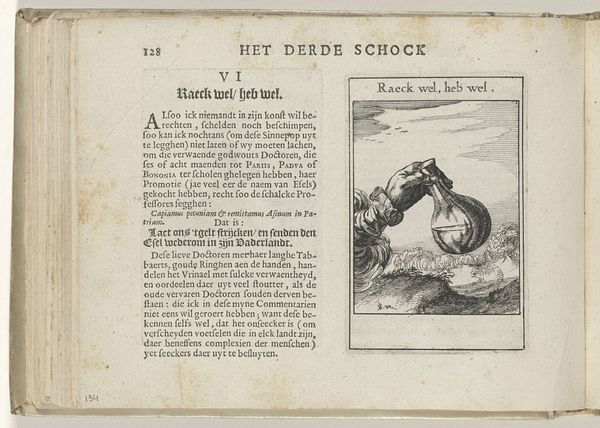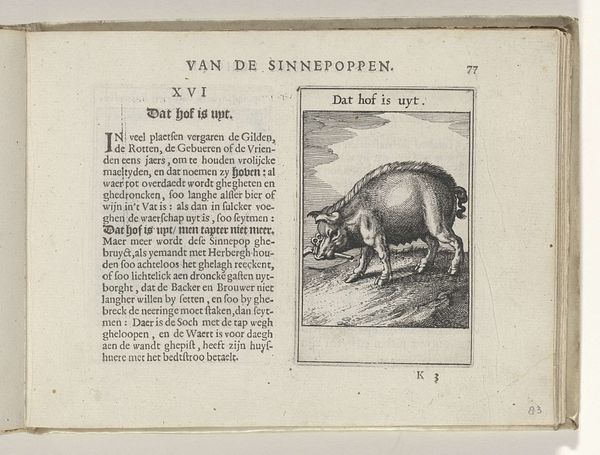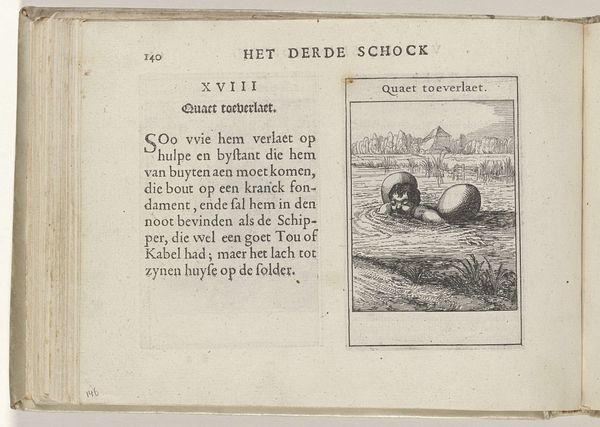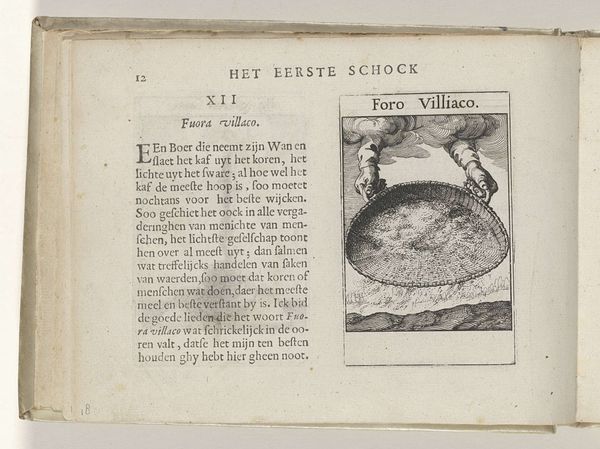
drawing, graphic-art, print, paper, engraving
#
drawing
#
graphic-art
# print
#
paper
#
11_renaissance
#
genre-painting
#
engraving
Dimensions: height 137 mm, width 188 mm, height 95 mm, width 60 mm
Copyright: Rijks Museum: Open Domain
Curator: Today we are looking at an engraving from 1614 by Roemer Visscher. It is titled "It Is Pitiful that a Fool Spends his Money on It"—a small piece of graphic art housed in the Rijksmuseum. Editor: My immediate response is one of intrigued melancholy. The image presents a stark scene; the lines of the engraving are clean, precise, almost clinical, in their depiction of inert shells upon a shore. There is an emptiness here. Curator: Let's examine this composition. The focus is dominated by intricately rendered shells scattered across what appears to be a desolate beach. Their textures, from the smooth curves to the sharp ridges, demonstrate the artist's keen observational skills. The title, positioned above and also as a caption in the artwork, adds a layer of commentary, framing the image as a statement about frivolous spending. Editor: The date is also significant, coming relatively early in the 17th century—an era of burgeoning capitalism and conspicuous consumption. I suspect the shells may serve as metaphors for fleeting wealth and the foolish pursuit of status symbols. Who decided what were suitable commodities and cultural value when colonization and trade grew? The idea of luxury becomes increasingly charged in that context. Curator: Indeed, there's an undeniable didactic tone at play here, as Visscher dissects societal foibles through visual means. It is a moral critique, carefully rendered through precise line work and stark contrasts. There's not one errant mark to be found. Editor: The piece compels us to reflect upon value systems, both then and now, inviting conversation about material excess and social priorities that may yet mirror our own time. The starkness of the print almost acts as a spotlight—isolating the shells to force introspection on contemporary culture. Curator: A clever intersection of form and content, where technique underscores the themes being explored. What did we spend our "money" on today? The artwork leaves us plenty to think about. Editor: I agree; it has spurred much for reflection as a piece embedded in broader historical critique about what we spend our time or money on. Thank you for unpacking that with me!
Comments
No comments
Be the first to comment and join the conversation on the ultimate creative platform.
